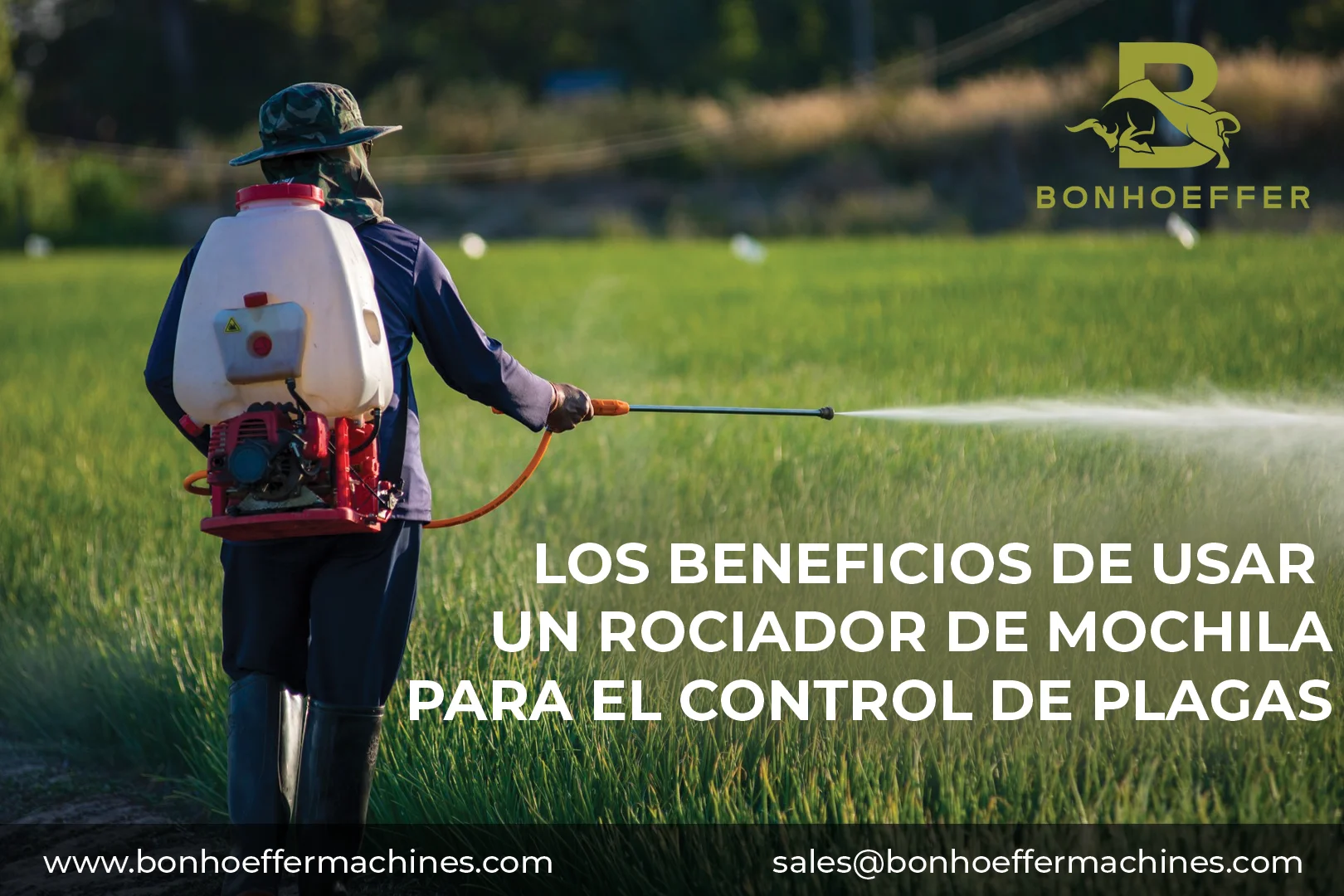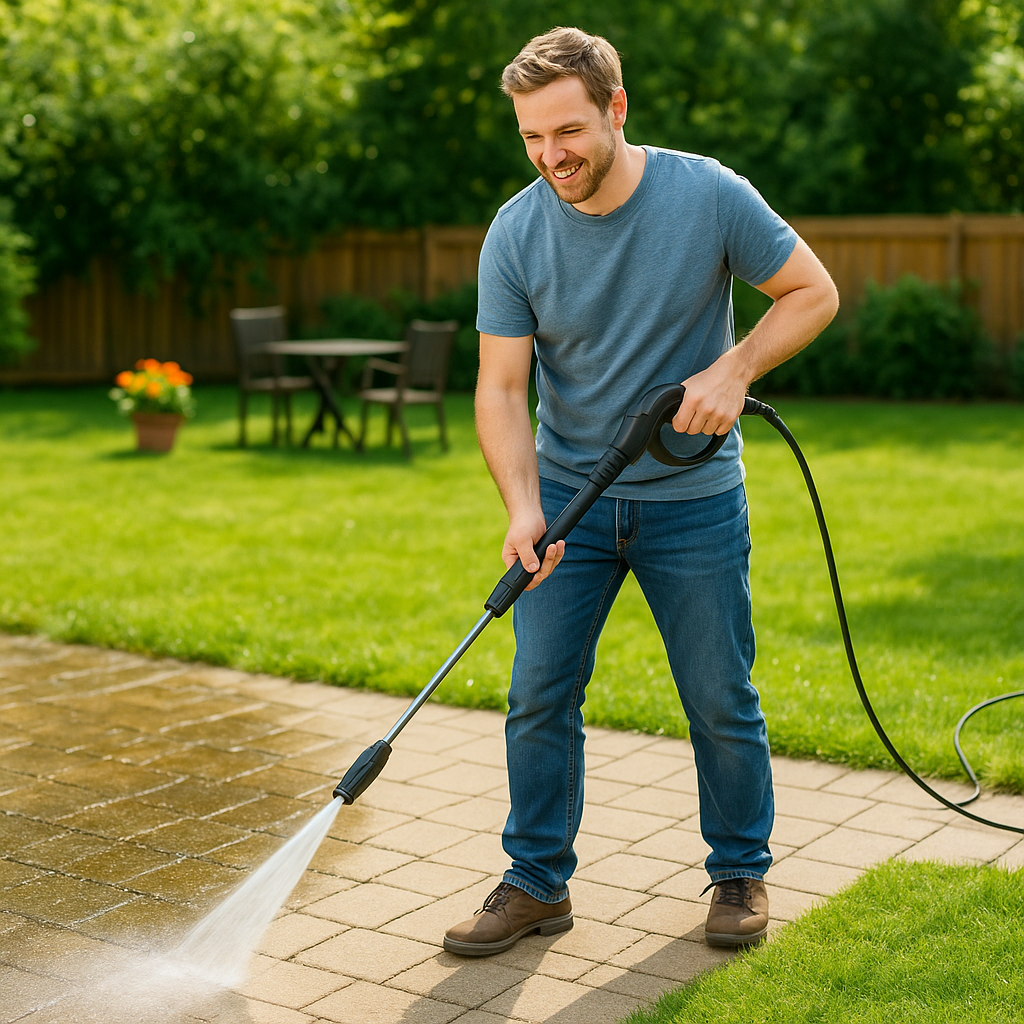
Mist duster is a versatile agricultural and farming tool that can easily produce pesticides and insecticides for fields, gardens and farms. Owning this tool is a great aspect for the farmers, garden, and farm owners because they can use this tool on a versatile scale. If you are frustrated with the traditional spraying method, then you can choose the most popular product of the new era for pest control, which is the mist duster. The tool is basically used in the farm, gardens, and fields. Modern gardeners and farmers must choose this tool over traditional spraying techniques. This post helps you to know about the mist duster and its uses.
An Introduction –
A mist duster is a spraying machine powered by a gasoline engine that is used to produce the finest mist of liquid solutions and pesticides.
A mist duster is a specialized spraying device powered by a gasoline engine. It is designed to produce a fine mist of pesticides or other liquid solutions, dispersing them evenly over crops, plants, or targeted areas. The duster consists of a poly tank that holds the liquid solution, a powerful two-cycle gasoline engine, and a nozzle to release the mist.
What are the uses of Mist Duster?
Mist duster uses are wide and here we are going to mention some of the major uses of this machine. A mist duster, also known as a mist blower or mist sprayer, is a type of equipment used to apply liquid solutions as fine droplets to plants, crops, and various surfaces. Mist dusters are commonly used in agricultural and horticultural settings for pest control, disease prevention, and applying various treatments. Here are the primary uses of a mist duster:
1. Pest Control:
Mist dusters are widely used to apply pesticides and insecticides to crops, orchards, and gardens. The fine mist produced by the duster allows for thorough coverage of plants, including the undersides of leaves where pests often reside.
2. Disease Prevention:
Mist dusters are effective for applying fungicides and other disease-preventing treatments to plants. The fine mist ensures that the treatment reaches all parts of the plant, providing better protection against fungal diseases.
3. Foliar Feeding:
Foliar feeding involves applying liquid fertilizers and nutrients directly to the leaves of plants. Mist dusters can be used to evenly distribute these nutrients, promoting better absorption and healthy plant growth.
4. Crop Dusting:
Mist dusters can be used for crop dusting, which involves applying agricultural chemicals, such as insecticides or herbicides, over large agricultural fields. This method ensures uniform coverage and can help control pests and weeds.
5. Orchard Spraying:
Orchards with trees that have dense foliage can benefit from mist dusters. These machines can efficiently deliver treatments to fruit trees, ensuring that both sides of leaves and the tree canopy are adequately covered.
6. Weed Control:
Mist dusters can be used to apply herbicides for weed control. The fine mist allows for targeted application to weeds while minimizing the risk of overspray onto desirable plants.
7. Forestry and Landscaping:
Mist dusters are used for applying treatments to trees in forestry and landscaping settings. This includes preventing pest infestations and promoting the health of trees in urban and natural environments.
8. Public Health:
Mist dusters are used in public health initiatives to control disease-carrying insects, such as mosquitoes. They can effectively distribute insecticides to outdoor areas, reducing the risk of disease transmission.
Mist dusters offer advantages in terms of efficiency, coverage, and reduced chemical usage compared to traditional spraying methods. They provide a cost-effective way to apply treatments to large areas and ensure that the liquid solutions are distributed evenly for maximum effectiveness.







